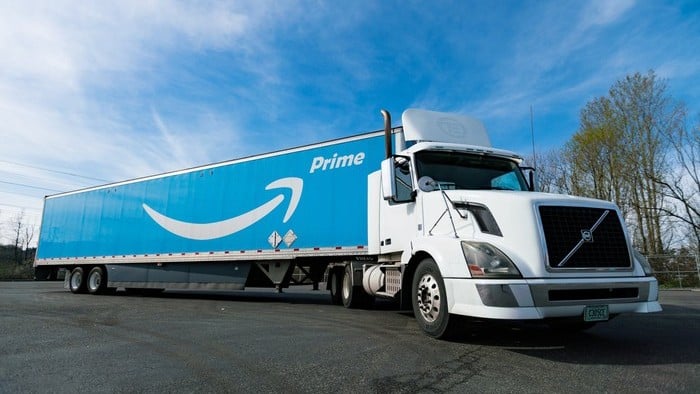This article was originally published on Fool.com. All figures quoted in US dollars unless otherwise stated.
Maybe it's not a surprise, but Amazon (NASDAQ: AMZN) saw a lot of new Prime members sign up in 2020. CEO Jeff Bezos said the company now has over 200 million Prime members worldwide in his 2020 letter to shareholders. That's up about 50 million in the 15 months since management last shared a milestone in January of last year. What's more, it took Amazon about 21 months to go from 100 million to 150 million, so adoption clearly accelerated during the pandemic.
As the economy reopens and people start having more options for in-store shopping, Amazon's now tasked with keeping all those Prime members happy while continuing to attract new ones. And it's investing a lot in Prime benefits to do just that.
Moving back to ultra-fast shipping
Some investors may remember that, way back in the before-times, Amazon was working to offer one-day delivery on tens of millions of items on its online marketplace. That took a back seat when COVID-19 hit, putting a bottleneck on Amazon's ability to get items in and out of its warehouses.
As we start to get the spread of the coronavirus under control and operations start to look normal again, Prime members should expect to see more items available for one-day delivery.
That'll be bolstered when Amazon opens its airhub at Cincinnati/Northern Kentucky. The hub will allow it to use warehouse capacity more efficiently. The airhub, combined with sorting centers located near airports throughout the country, will allow Amazon to quickly move a lot of inventory. That way, customers in California could get an item currently located in a warehouse in Georgia in one day.
Amazon's also leasing and buying more planes to support its logistics operation.
Amazon's logistics efforts aren't exclusive to the United States, either. The company has plans to expand the square footage of its fulfillment network in the rest of the world by 28%, according to data from logistics firm MWPVL.
Granted, all of this doesn't come cheap. Continuing to build out the logistics network will put pressure on Amazon's cash flow. But if it results in sustainable Prime membership growth and more efficient shipping, it'll pay for itself in the long run.
Streaming will play a big role, too
2020 was the year many Amazon Prime members discovered the Prime Video streaming service. Amazon doubled viewership in 2020, reaching 150 million people.
To be sure, Amazon's stepped up its content investments for 2020. The company's 10-K filing revealed $11 billion in video and content expenses, up from $7.8 billion in 2019. Part of that comes from increased premium video-on-demand, but it mostly reflects Amazon's increased investment in content for Prime Video.
To put that in perspective, Amazon's music and video content expense was more than Netflix's (NASDAQ: NFLX) amortized content expense for 2020. Netflix may have spent more in cash than Amazon, and all of Netflix's expenses go toward its streaming service, but Amazon's spending is quite notable.
The increased spending, combined with the pandemic keeping people at home, resulted in a lot more people streaming Prime Video. Beyond third-party estimates, management repeatedly noted increased engagement with Prime digital benefits during its earnings calls throughout 2020.
Amazon's looking to keep members engaged with its streaming service with its recent commitment to streaming Thursday Night Football. It'll reportedly spend $1 billion per year for the exclusive rights to broadcast Thursday Night Football games starting in 2023. Millions of fans watch the Thursday night games every week in the fall, so it could go a long way toward keeping Prime members subscribed through the important holiday shopping season.
Amazon is doing a good job of making Prime a daily habit for many consumers, whether that's through streaming video or ordering something on its marketplace with fast shipping. With 200 million-plus members and accelerating adoption, Amazon has room to invest even more in Prime benefits.
This article was originally published on Fool.com. All figures quoted in US dollars unless otherwise stated.









